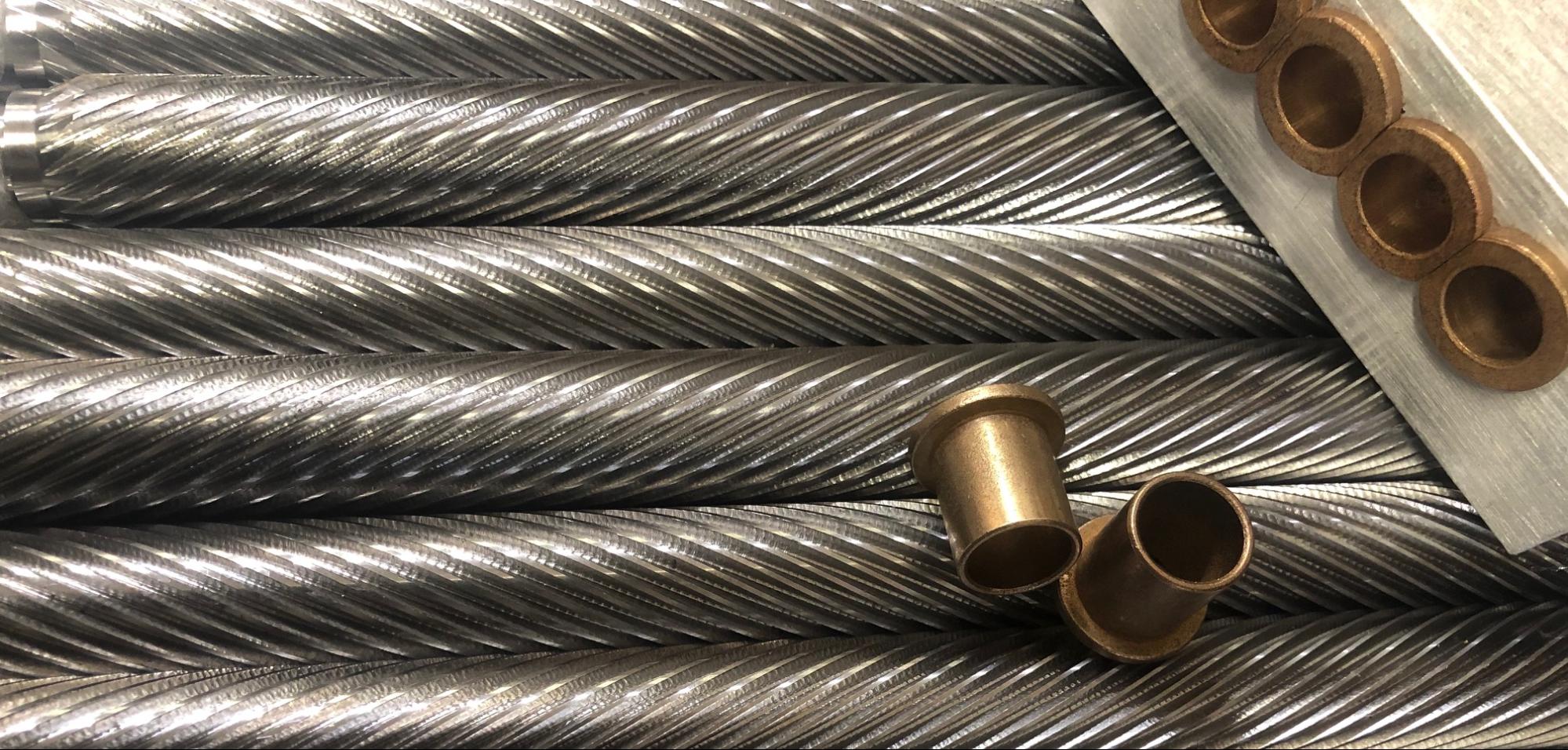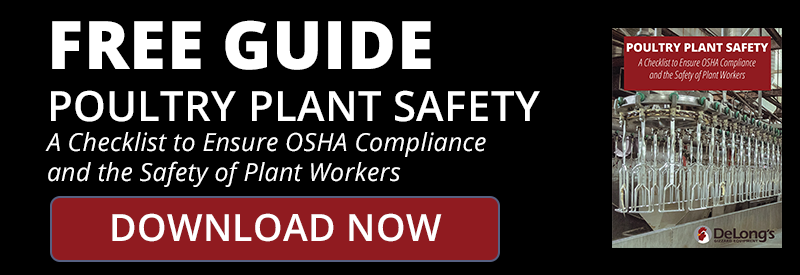
19 Mar USDA Stops Poultry Processing Plants Request to Increase Line Speed
The U.S. Department of Agriculture (USDA) recently denied a request from the National Chicken Council (NCC) to increase the bird processing speed. Current USDA policies prohibit any processing speed exceeding 175 birds per minute on a line. The NCC’s recently denied request would have completely eliminated any restrictions on processing speed limits.
The NCC has successfully petitioned a speed increase in the past, raising the restriction from 140 birds per minute to widely-controversial speed of 175 birds per minute. The recent request for eliminating the processing limit altogether highlights the NCC’s desire to continue increasing line speeds and streamlining processing techniques.
The USDA’s decision to keep speeds at 175 birds per minute most likely stems from their higher focus on worker safety and meat quality, rather than on increased speeds and profits. This decision can ruffle feathers at any poultry convention, but here are five things the USDA may have considered:
1. Poultry workers already have a workplace injury rate of almost double those of other industries.
Poultry line workers usually work shoulder-to-shoulder while bent over the line, performing repetitive motions for hours. This means that one foul slip can have consequences ranging from lost fingers, to injuries to multiple workers bundled together on a section of the line, or less time to inspect the birds coming down the line for defects. Increasing or eliminating speed limits increases the strain on workers to keep the line moving, raises the chance of injury, and increases the chances of a defective chicken not being spotted.
2. Poultry workers can suffer from Repetitive Stress Injury
Poultry processing workers undergo long, repetitive motions that can result in repetitive stress injury in many different areas. A common and well know example is Carpal Tunnel Syndrome (CTS). CTS is a condition that can be caused by repetitive wrist work, which results in the compression of the median nerve in the wrist. Symptoms can include pain, numbness, and tingling in the middle finger, index finger and thumb, as well as muscle atrophy at the base of the thumb. Long-term chronic carpal tunnel can even result in permanent nerve damage. in fact, it estimated that 42% of these workers suffer from CTS. Higher speeds will likely result in an even higher rate of CTS and other repetitive stress injuries, meaning more painful and dangerous conditions for workers on the line.
3. The less time birds spend on the line means less time inspecting them for abnormalities, diseases and other serious conditions.
Without speed restrictions, Federal inspectors will be forced to inspect birds for diseases, abnormalities and conditions at a rate of two birds per second. According to NPR and the Food Safety Inspection Service’s acting administrator, Paul Kiecker, part of the reason the USDA rejected the striking the limit is because it is repetitive. The USDA currently grants a waiver to remove the 175 limit to 20 plants who have agreed to operate under the New Poultry Inspection System.However, NPR also cited a report by Food & Water Watch that states 30% of the plants under this new system failed performance standards for salmonella. It is clear that any increase in line speed must coincide with an increased awareness of health concerns.
4. Poultry workers already suffer workplace injuries at nearly twice the national average
Working a poultry line can be dangerous; fast lines, mixed with sharp knives, shoulder-to shoulder-to-shoulder conditions, and stressful demands to keep the line running. Combine all these conditions and it is no surprise the workplace injury rate is twice the national average. Another thing to consider is these injuries are self-reported. It is not uncommon for workers to forgo reporting injuries for fear of losing their job. Instead, they may choose to take unpaid leave and attempt to recover before returning to work. The USDA may not consider an increase in line speed without a coinciding effort to increase worker safety.
5. Faster rates can result in more inhumane slaughtering of live birds.
Birds on the line go through a process that shocks them with electricity, effectively stunning the bird, so that they are not fully alive to feel the actual slaughtering process. With higher speeds, there is a higher chance for birds to miss this stun step and go into the scald vats fully alive. The result is an inhumane slaughtering of the birds and an increased possibility of equipment failures.
The decision by the USDA to deny this request shows they are aware of the grueling hours, conditions and repetitive motions that occur in their industry. Hopefully, future requests by the National Chicken Council will come after hazardous conditions in chicken plants are reduced so that increased profits do not have to come at the expense of worker safety.



